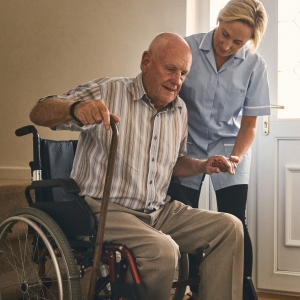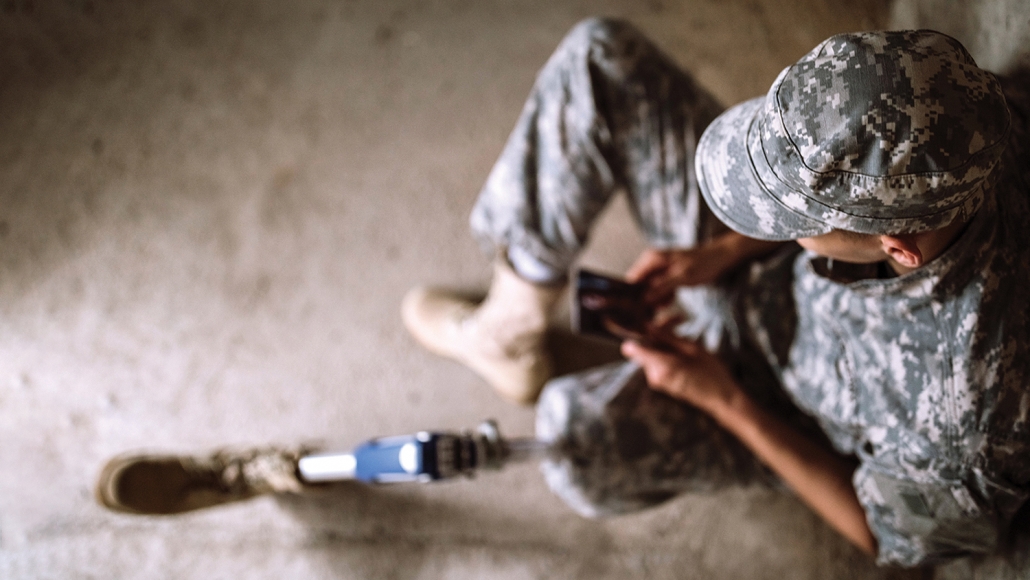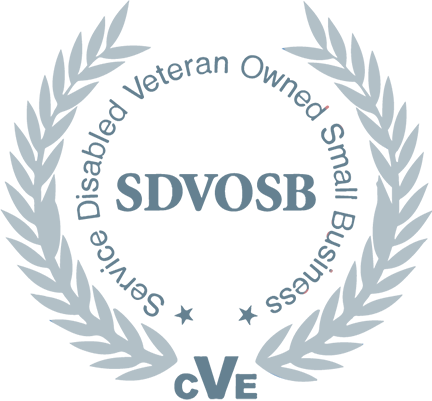Creating a High Reliability Organization at VEO
The Veterans Experience Office (VEO) has an opportunity to enhance the reliability of Veteran experiences across VA, increase the effectiveness of integrated project teams, and improve other areas of health care service delivery. It is taking advantage of this opportunity by working to build trusting, life-long relationships with Veterans, their families, caregivers and supporters.

We supported VEO in this effort through helping the office 1) understand and support Veterans’ experiences and 2) develop and implement programs to enhance that experience.
Choose Home is one of those programs. We partnered with VEO to launch the program that empowers facilities and external caregivers to coordinate and deliver a customized, home-based suite of services and programs. Through the Choose Home initiative, we improved outcomes and decreased the need for institutional care for Veterans who are aging or have complex care needs, developed a better client service model, and improved customer access. We achieved these results by streamlining processes for navigating, coordinating, and receiving VA and community-based care and services for Veterans, family members and caregivers.
We reviewed and revised the VA-wide Service Recovery process. This work included providing industry-level expertise to VA to allow for a streamlined modernization effort and enterprise implementation of the program. In order to identify major improvement opportunities, our program/project management capabilities enabled us to analyze the current state of service delivery, service recovery processes, organizational structures, data, and information. We identified a balanced set of high reliability goals, objectives and definitions. We developed continuous process improvement and root cause analysis processes and potential solutions. We also identified key performance indicators/critical success factors for a variety of service recovery and patient experience goals.
Additionally, we supported VEO in the following ways, among others:
- Established the VA Outreach Council/ Integrated Project Team to identify promising practices, create streamlined processes and roll out consistent outreach strategies VA-wide.
- Led the development of communications materials (briefings and infographics) for the White House, Congress, VA leadership, VA staff and Veterans to increase understanding of, and participation in, VEO initiatives and activities.
- Developed and implemented a communications strategy and plan to ensure effective VHA-wide implementation of Patient Experience initiatives, which strive to support VA medical centers in delivering excellent patient experience.
- Created a stakeholder coordination plan for the Vet360 major initiative, which streamlines the Veteran experience by integrating the data silos for all common Veteran information across VA information technology platforms.


